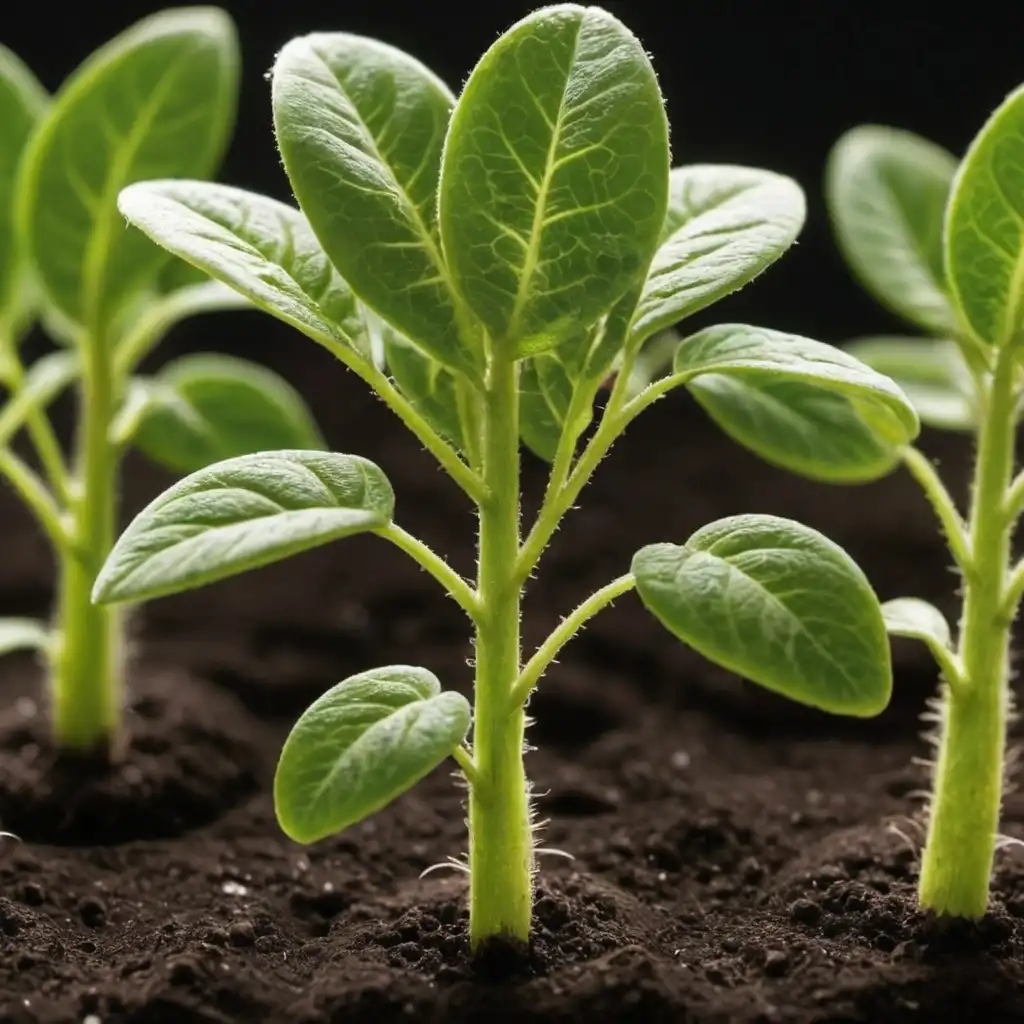图片提示词prompt
Genetic transformation in plants means changing the plant's DNA to give it new traits. Here's a simple explanation of how it works:
1. Choosing the Trait: Scientists decide what new trait they want the plant to have, like resistance to pests or better growth in poor soil.
2. Finding the Gene: They find a gene (a piece of DNA) that gives this trait. This gene can come from another plant, an animal, or even bacteria.
3. Inserting the Gene: They put this gene into the plant's DNA. There are a couple of common ways to do this:
o Using Bacteria: A special bacteria called Agrobacterium can naturally insert genes into plants. Scientists put the new gene into the bacteria, and then let the bacteria transfer it to the plant.
o Particle Bombardment: Scientists coat tiny particles with the new gene and shoot them into plant cells. The new gene then becomes part of the plant's DNA.
4. Growing the Plant: The plant cells with the new gene are grown into whole plants. These plants now have the new trait.
5. Testing: Scientists check the new plants to make sure they have the trait and that it works as expected.
This process allows plants to have new and useful characteristics that they didn't have before.
植物中的遗传转化意味着改变植物的DNA以赋予其新的性状。这里有一个简单的解释它是如何工作的:
1.选择性状: 科学家决定他们希望植物具有什么新性状,例如对害虫的抵抗力或在贫瘠的土壤中更好的生长。
2.寻找基因: 他们找到了一个基因 (一段DNA),赋予了这种性状。该基因可以来自另一种植物,动物甚至细菌。
3.插入基因: 他们把这个基因放入植物的DNA中。有几个常见的方法来做到这一点:
使用细菌: 一种叫做农杆菌的特殊细菌可以自然地将基因插入植物中。科学家将新基因植入细菌









